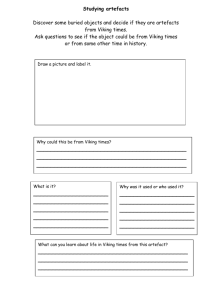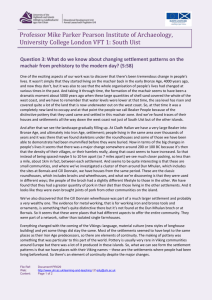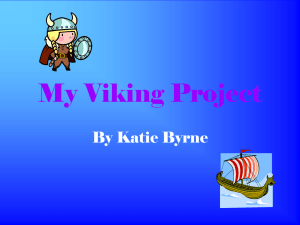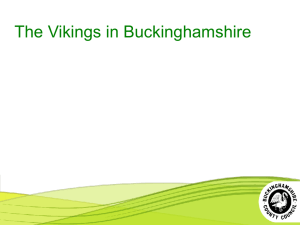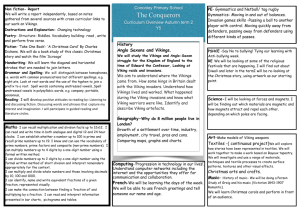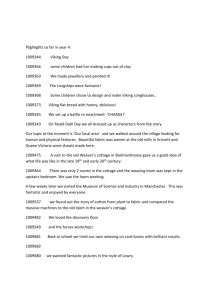Transcript: VFT 1: South Uist - Interview with Professor Niall
advertisement
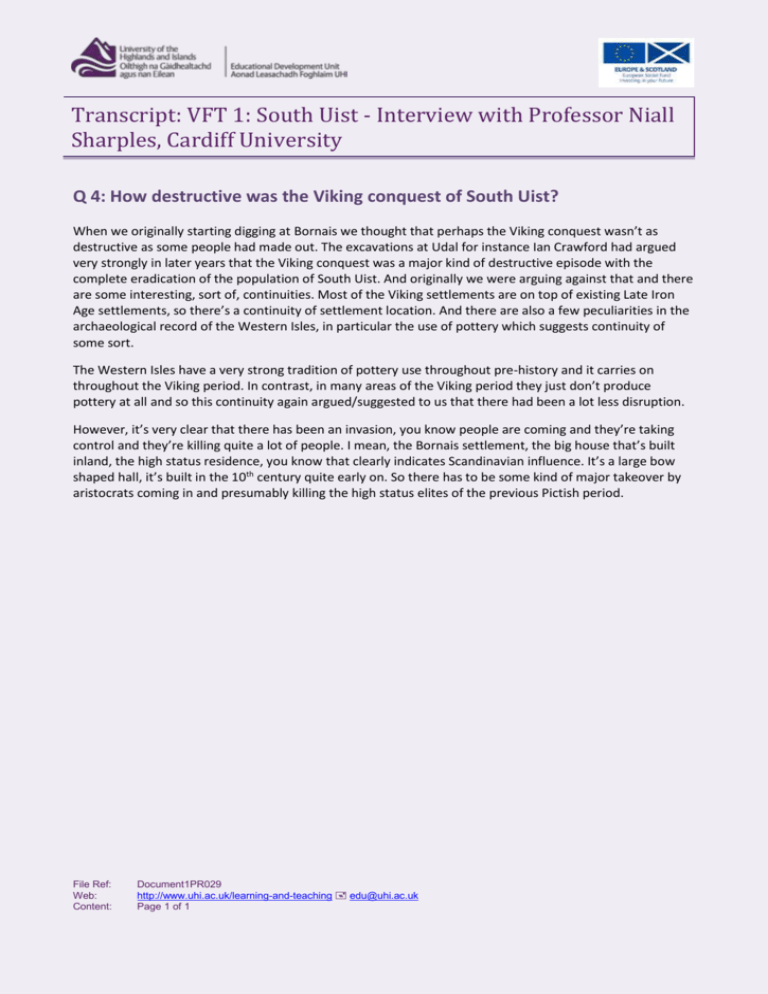
Transcript: VFT 1: South Uist - Interview with Professor Niall Sharples, Cardiff University Q 4: How destructive was the Viking conquest of South Uist? When we originally starting digging at Bornais we thought that perhaps the Viking conquest wasn’t as destructive as some people had made out. The excavations at Udal for instance Ian Crawford had argued very strongly in later years that the Viking conquest was a major kind of destructive episode with the complete eradication of the population of South Uist. And originally we were arguing against that and there are some interesting, sort of, continuities. Most of the Viking settlements are on top of existing Late Iron Age settlements, so there’s a continuity of settlement location. And there are also a few peculiarities in the archaeological record of the Western Isles, in particular the use of pottery which suggests continuity of some sort. The Western Isles have a very strong tradition of pottery use throughout pre-history and it carries on throughout the Viking period. In contrast, in many areas of the Viking period they just don’t produce pottery at all and so this continuity again argued/suggested to us that there had been a lot less disruption. However, it’s very clear that there has been an invasion, you know people are coming and they’re taking control and they’re killing quite a lot of people. I mean, the Bornais settlement, the big house that’s built inland, the high status residence, you know that clearly indicates Scandinavian influence. It’s a large bow shaped hall, it’s built in the 10th century quite early on. So there has to be some kind of major takeover by aristocrats coming in and presumably killing the high status elites of the previous Pictish period. File Ref: Web: Content: Document1PR029 http://www.uhi.ac.uk/learning-and-teaching edu@uhi.ac.uk Page 1 of 1
